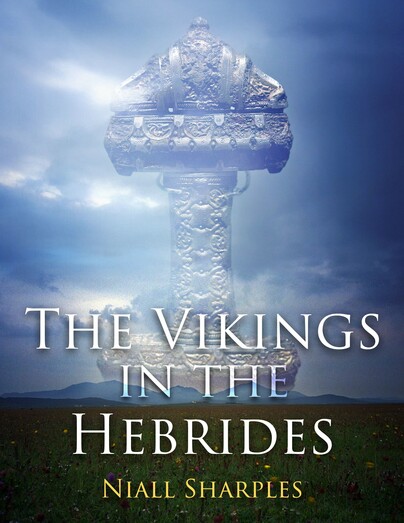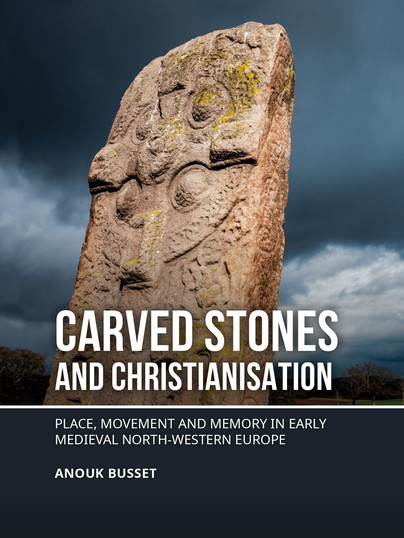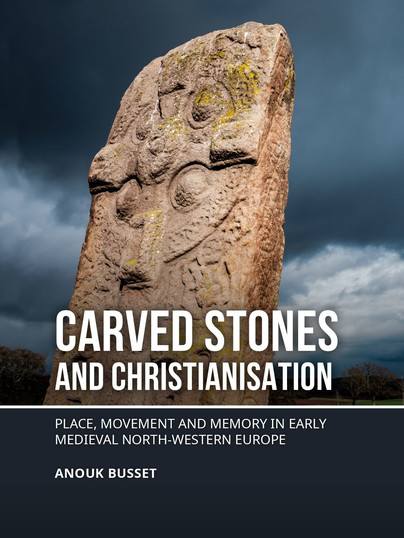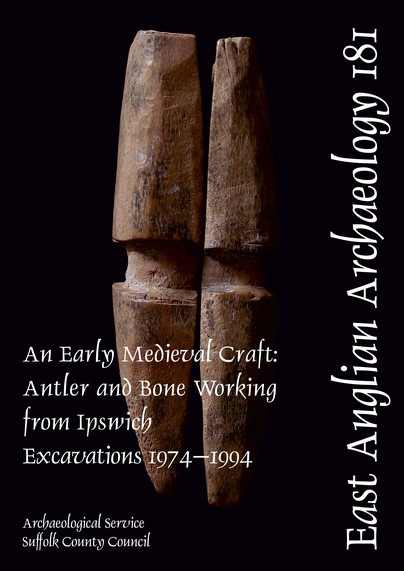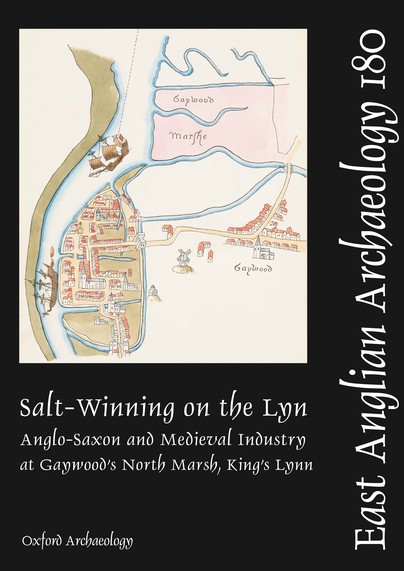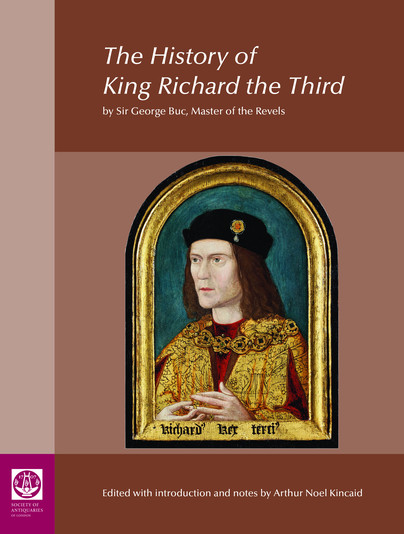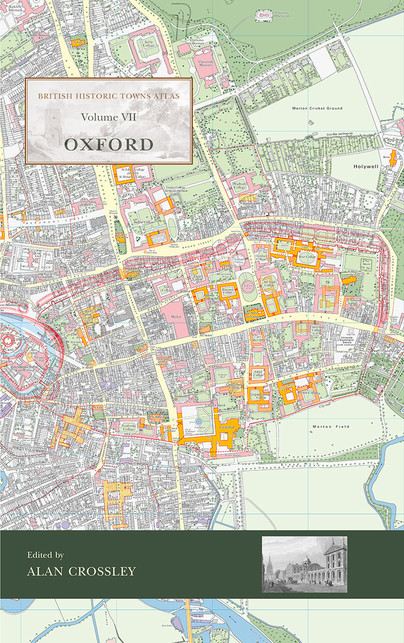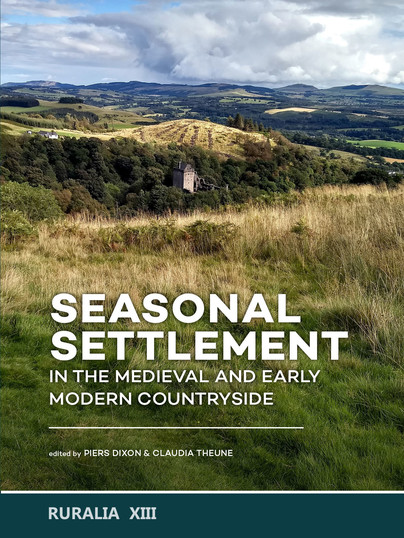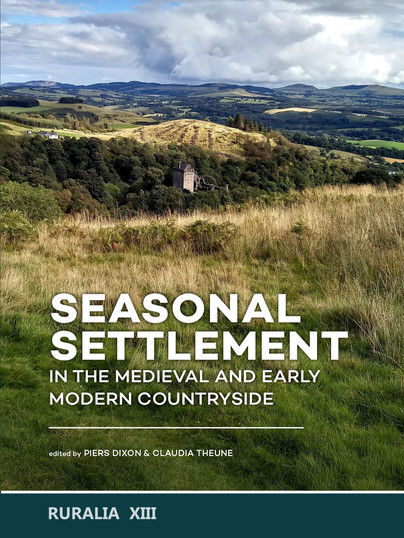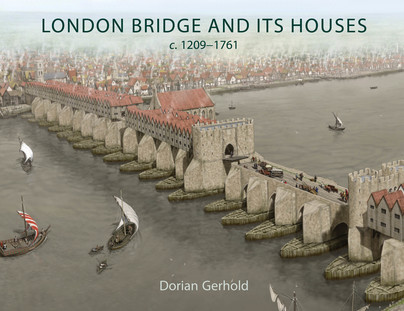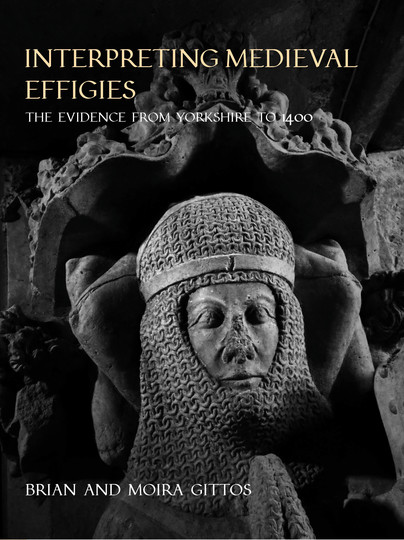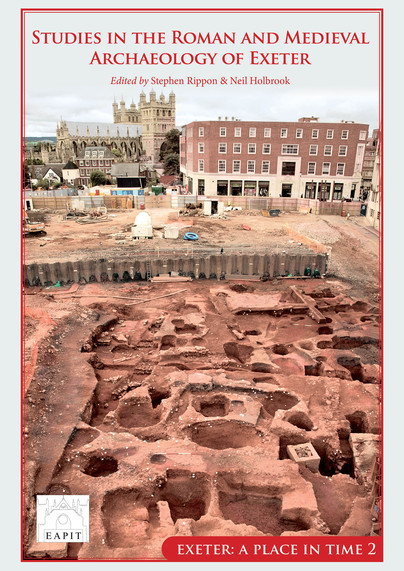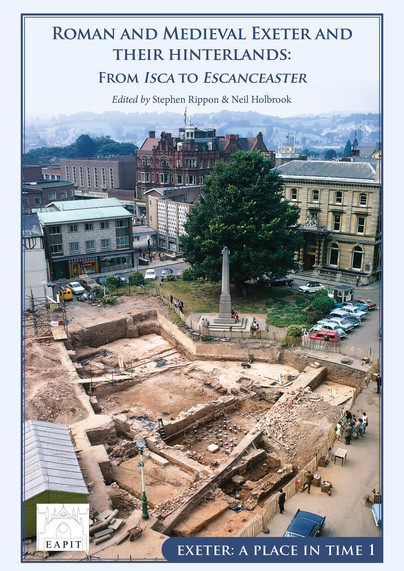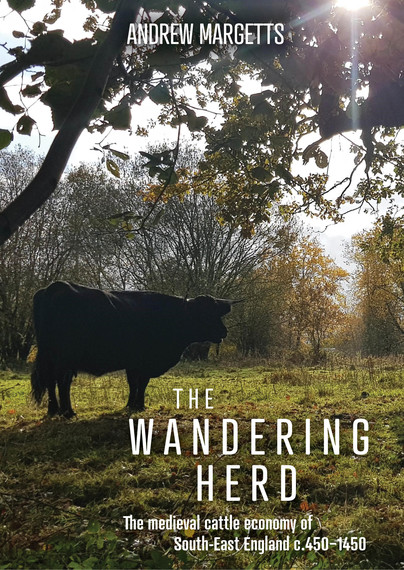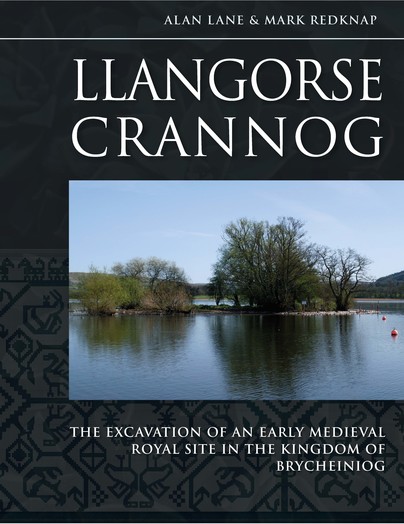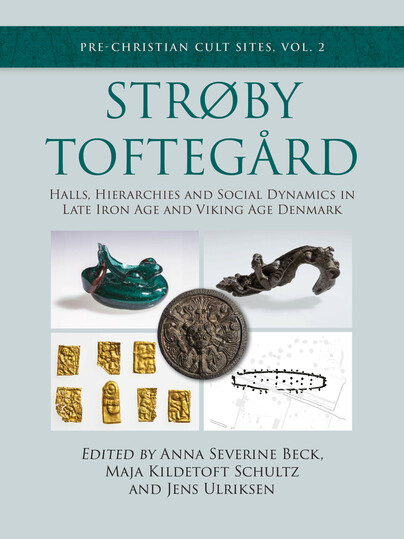
Format: Hardback
Pages: 480
ISBN: 9798888571491
Pub Date: 31 Dec 2024
Imprint: Oxbow Books
Series: Pre-Christian Cult Sites
Illustrations: 312 color plans, drawings, photos, 34 b/w
Description:
Strøby Toftegård: Halls, Hierarchies and Social Dynamics in Late Iron Age and Viking Age Denmark presents and considers the archaeological material from the site of Strøby Toftegård in the eastern part of Zealand, Denmark, where comprehensive excavations took place between 1994 and 2013. The book seeks to qualify the interpretation of Farm 1 as the residence of a magnate from c. AD 650 to c.

